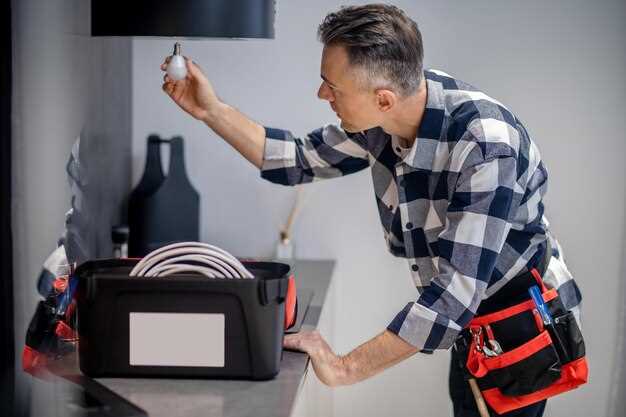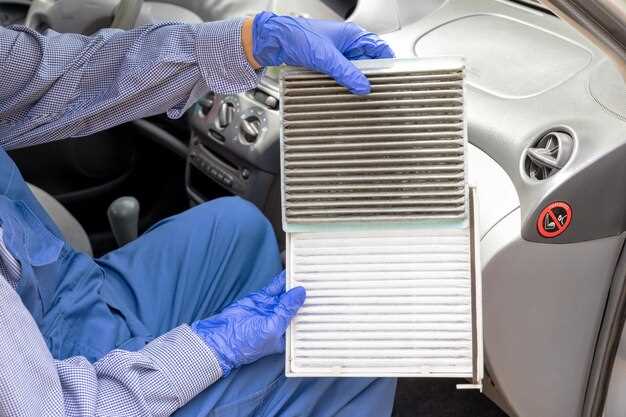
Car air conditioning systems are essential for maintaining comfort during long drives, especially in hot weather. Toyota vehicles, known for their reliability and performance, are no exception. However, like any auto system, the air conditioning in your Toyota can experience malfunctions over time, leading to discomfort and inconvenience. Understanding common issues and repair techniques can help you restore your vehicle’s climate control functionality swiftly.
In this repair guide, we will explore frequent air conditioner issues in Toyota vehicles, including weak airflow, unusual noises, and improper temperature regulation. We will provide detailed steps on how to diagnose and repair these problems effectively, ensuring you have the knowledge needed to tackle any air conditioning malfunction head-on. Whether you are an experienced DIY mechanic or a novice, this guide aims to equip you with the necessary tools and insights for a successful repair.
By addressing air conditioning problems promptly, you not only enhance your driving comfort but also prevent potential damage to other components of your vehicle. Utilize this guide as a comprehensive resource to navigate the complexities of Toyota air conditioner repairs, ensuring a cool and enjoyable ride for years to come.
Troubleshooting Common Toyota A/C Issues
When facing A/C problems in your Toyota, it is essential to identify the issue accurately to perform the necessary repair. One common problem is insufficient cooling; this may result from low refrigerant levels. Start by checking for any visible leaks in the A/C lines or connections, and consider recharging the system if needed.
Another frequent issue is the A/C system blowing warm air. This can occur due to a malfunctioning compressor. Listen for unusual noises when the A/C is activated; if the compressor is not engaging, it might require inspection or replacement. Additionally, check the A/C relay and fuses to ensure they are functioning correctly.
Poor airflow from the vents could indicate a clogged cabin air filter. Replacing the filter is a straightforward repair that can significantly improve the system’s performance. If airflow remains limited, inspect the A/C ducts for obstructions or damage.
Some Toyota models may experience strange odors when the A/C is running. This issue often stems from mold or mildew buildup in the evaporator. Cleaning the evaporator and using an A/C cleaner can help eliminate unpleasant smells.
If the A/C system is cycling on and off rapidly, it might indicate an issue with the temperature sensor or the electronic control module. Diagnosing this problem may require specialized equipment, and repair could involve recalibrating the sensor or updating the software.
Finally, if you notice water pooling inside your vehicle, it could signal a clogged drainage tube. Clearing this tube will not only prevent excess moisture inside but also help maintain the A/C system’s efficiency. Regular maintenance checks are crucial for preventing common Toyota A/C issues from escalating into costly repairs.
Step-by-Step Instructions for Replacing A/C Components

Replacing A/C components in your Toyota can be essential for restoring cooling efficiency. Follow these detailed steps to ensure a successful repair.
1. Gather Necessary Tools and Components
Before you start, gather all required tools such as wrenches, screwdrivers, and a refrigerant recovery machine. Ensure you have the replacement parts like the compressor, condenser, or evaporator specific to your Toyota model.
2. Disconnect the Battery
For safety, disconnect the negative terminal of the battery. This will prevent any electrical short circuits during the repair process.
3. Recover Refrigerant
Using a refrigerant recovery machine, safely recover the refrigerant from the A/C system. This step is crucial to prevent harmful emissions and ensure compliance with environmental regulations.
4. Remove the Component
Identify the malfunctioning A/C component. For example, if you’re replacing the compressor, locate the mounting bolts and electrical connections. Carefully detach these, and then unbolt the compressor from the engine bracket.
5. Install the New Component
Place the new A/C component in position. Secure it with mounting bolts and reconnect any electrical connections. Ensure everything is aligned properly to avoid future issues.
6. Recharge the A/C System
Once the new component is installed, it’s time to recharge the A/C system with refrigerant. Use the specifications from your Toyota repair manual to determine the correct amount of refrigerant required.
7. Test the A/C System
Reconnect the battery and start the vehicle. Turn on the A/C system to check its performance. Ensure that it cools efficiently and there are no unusual noises coming from the replaced component.
8. Check for Leaks
Conduct a leak test using a UV dye or electronic leak detector. Scan the new component for any signs of refrigerant leakage, ensuring your repairs are effective.
By following these methodical steps, you can successfully replace A/C components in your Toyota and restore optimal performance to your vehicle’s air conditioning system.
Maintenance Tips to Prevent A/C Breakdowns

Regular maintenance is essential for keeping your Toyota A/C system in optimal condition. One of the most important steps is to check and replace the cabin air filter. A clogged filter can restrict airflow and reduce the system’s efficiency. Make it a habit to inspect this filter every 12,000 miles or annually.
Another critical component is the refrigerant level. Low refrigerant can indicate a leak in the system. Ensure that you have the refrigerant level checked during routine maintenance. If it’s low, have a qualified technician diagnose and repair any leaks before refilling.
Furthermore, clean the condenser and evaporator coils regularly. Dust and debris can accumulate, obstructing airflow and decreasing cooling efficiency. Use a soft brush or compressed air to clean these components as part of your maintenance routine.
It’s also advisable to run your A/C system periodically, even during the winter months. This practice helps keep the components lubricated and prevents seals from drying out. Aim to run the A/C for at least 10 minutes every month.
Finally, schedule regular inspections with a qualified technician who specializes in Toyota A/C systems. They can identify potential issues early and perform necessary repairs, ensuring your vehicle remains comfortable all year round.
